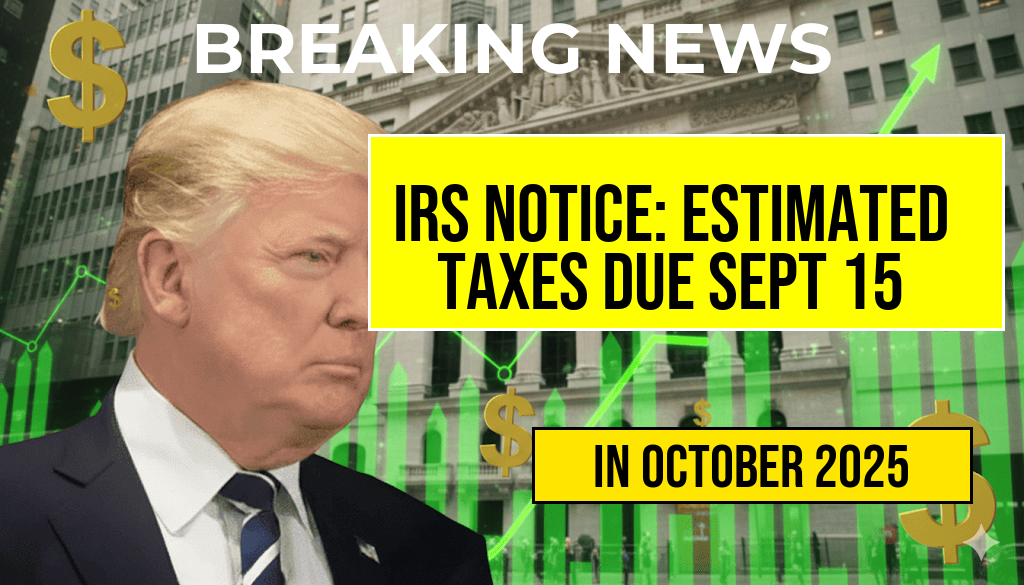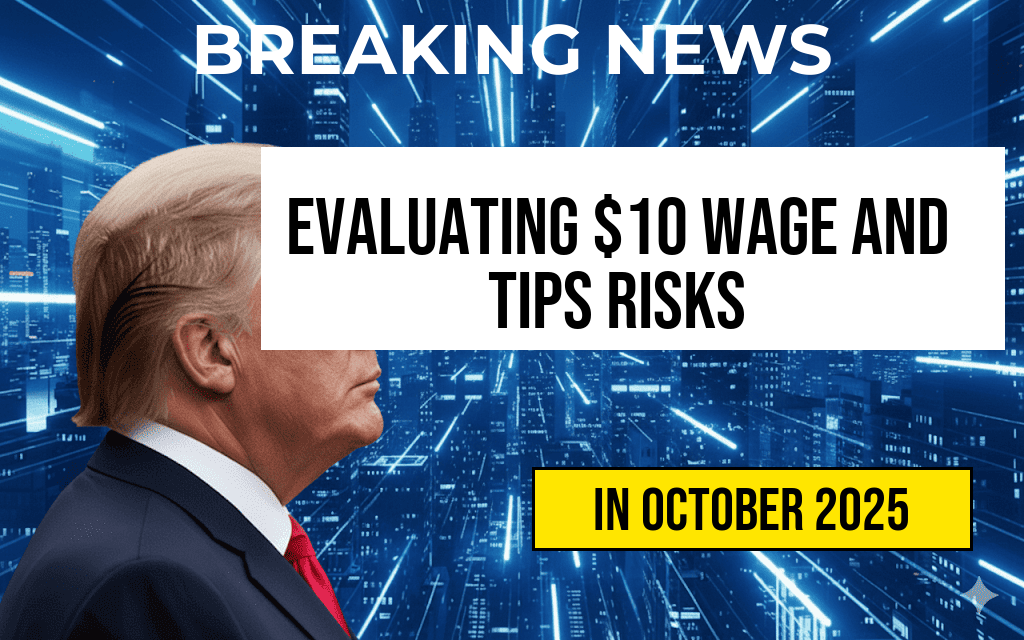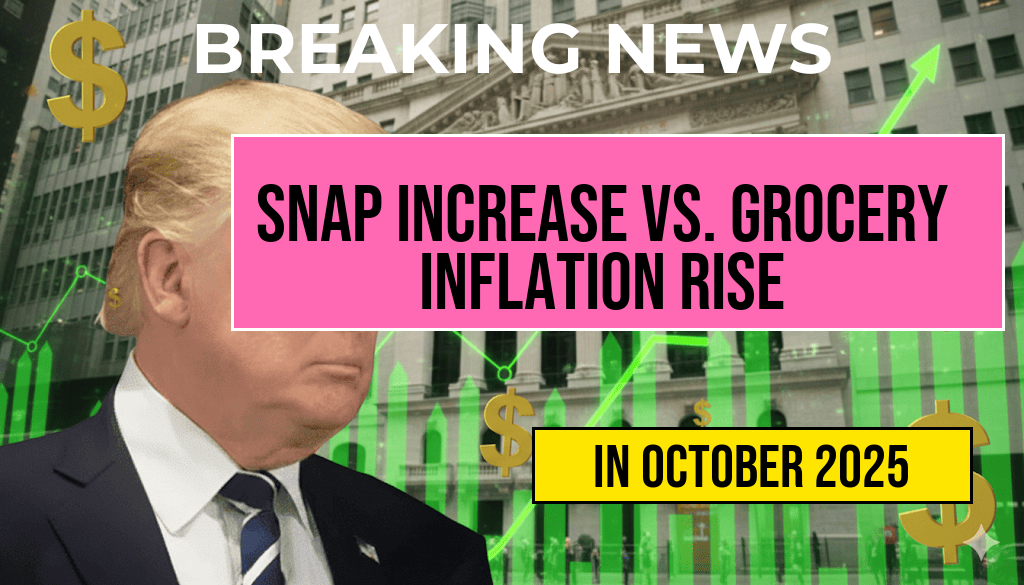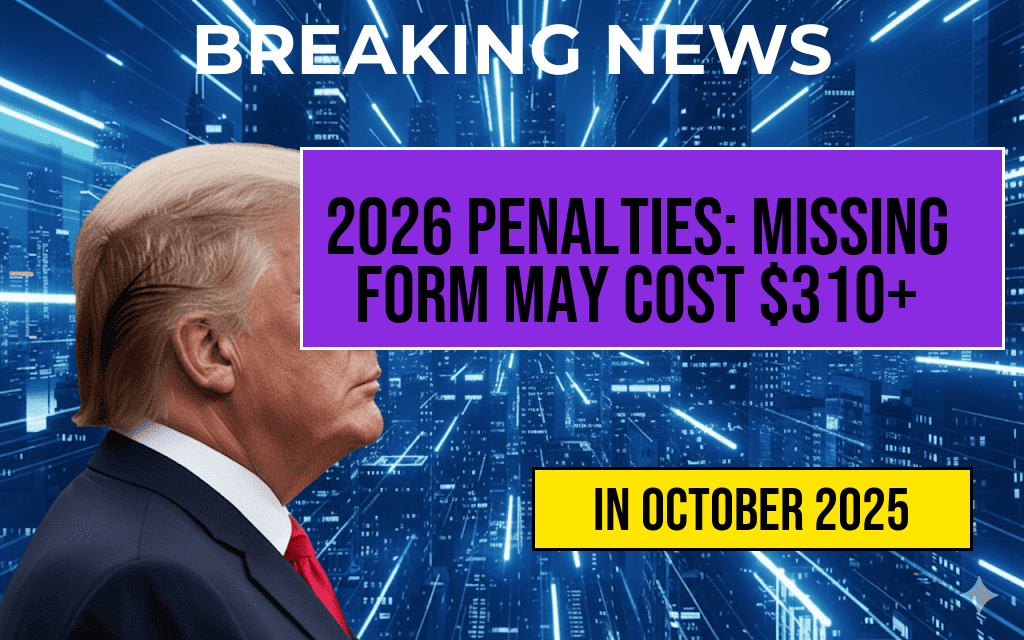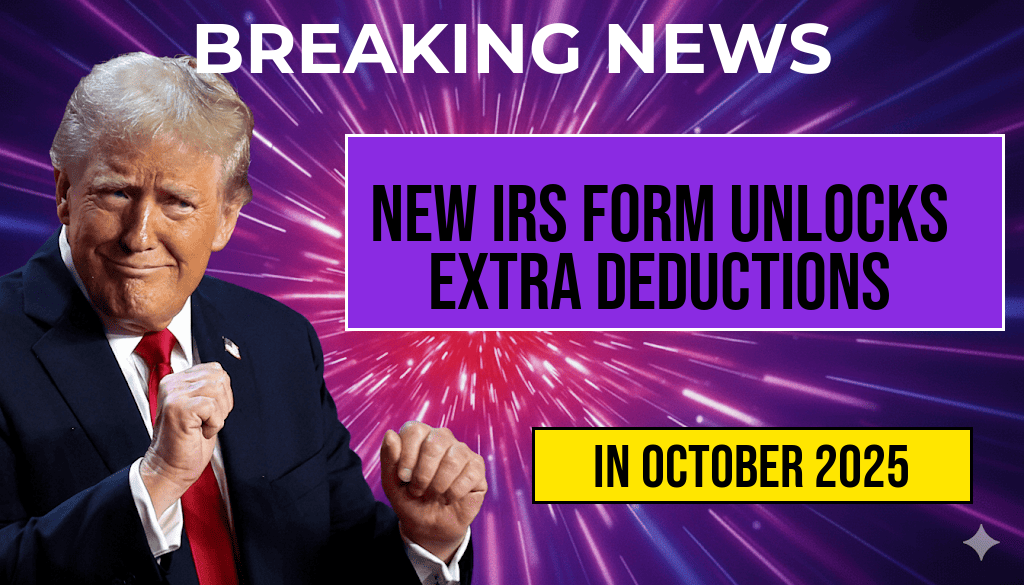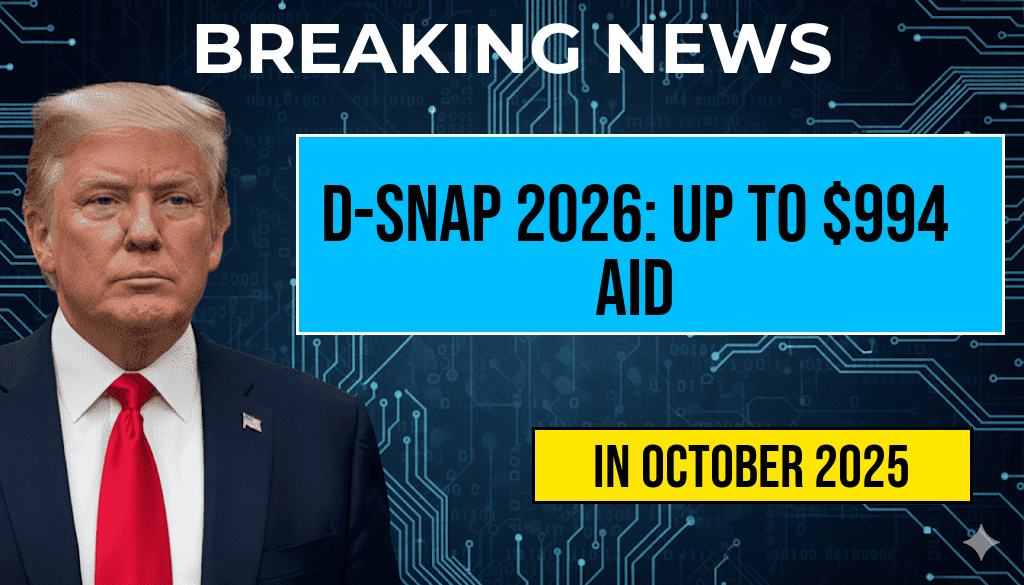The Internal Revenue Service (IRS) has issued an important notice reminding taxpayers that estimated tax payments for the third quarter of 2023 are due by September 15. This deadline is crucial for individuals and businesses who expect to owe more than $1,000 in taxes for the year. Failing to make these payments on time could result in penalties and interest charges, which can significantly increase the overall tax liability. The IRS encourages taxpayers to review their financial situations and ensure they are compliant with the estimated tax payment requirements to avoid unnecessary financial burdens.
Understanding Estimated Tax Payments
Estimated tax payments are typically required for individuals who earn income that is not subject to automatic withholding, such as self-employment income, rental income, or investment gains. The IRS expects taxpayers to pay taxes on their income as they earn it, which is where estimated tax payments come into play.
Who Needs to Pay Estimated Taxes?
- Self-employed individuals
- Freelancers and contractors
- Investors with significant capital gains
- Individuals with income from rental properties
Payment Schedule for Estimated Taxes
The IRS has established a quarterly schedule for estimated tax payments to help taxpayers manage their tax obligations throughout the year. The payment due dates for estimated taxes are as follows:
| Payment Period | Due Date |
|---|---|
| 1st Quarter | April 18, 2023 |
| 2nd Quarter | June 15, 2023 |
| 3rd Quarter | September 15, 2023 |
| 4th Quarter | January 16, 2024 |
Potential Penalties for Late Payments
Taxpayers who miss the estimated tax payment deadline may face a penalty calculated based on the amount owed and the length of the delay. The IRS typically assesses a penalty of 0.5% of the unpaid tax for each month the payment is late, up to a maximum of 25%. Additionally, interest accrues on unpaid amounts, further increasing the potential financial impact.
How to Calculate Estimated Payments
Estimating the correct amount to pay can be challenging. Taxpayers may use the IRS Form 1040-ES, which provides a worksheet to help calculate expected income, deductions, and credits. The IRS also offers online tools and resources to assist taxpayers in estimating their tax obligations accurately. For detailed guidance, individuals can visit the IRS website at IRS Payments.
Payment Methods
Taxpayers have several options for making estimated tax payments, ensuring convenience and accessibility:
- Online Payments: Taxpayers can pay directly through the IRS website using Direct Pay or the Electronic Federal Tax Payment System (EFTPS).
- Mail: Payments can be sent via check or money order to the address specified in Form 1040-ES.
- Mobile Apps: The IRS offers mobile apps that allow users to make payments and check their tax status.
Seeking Professional Assistance
For taxpayers feeling overwhelmed by the process of estimating and paying taxes, consulting with a tax professional can provide valuable insights and assistance. Certified Public Accountants (CPAs) and tax advisors can help individuals navigate the complexities of tax obligations, ensuring compliance and minimizing potential penalties.
Stay Informed and Compliant
As the September 15 deadline approaches, taxpayers are urged to review their financial situations and make necessary adjustments to their estimated tax payments. The IRS provides a wealth of information on its website, including FAQs and guidance on various tax-related topics. Taxpayers can access this information through the IRS official site at IRS Official Website to stay informed and compliant.
By taking proactive steps and meeting the estimated tax payment deadline, individuals and businesses can avoid unnecessary financial penalties and ensure a smoother tax season ahead.
Frequently Asked Questions
What is the new IRS notice regarding estimated tax payments?
The IRS has issued a new notice indicating that estimated tax payments are due by September 15 to avoid potential penalties. This notice serves as a reminder for taxpayers to meet their payment deadlines.
Who needs to make estimated tax payments?
Taxpayers who expect to owe at least $1,000 in taxes after subtracting their withholding and refundable credits are generally required to make estimated tax payments. This includes individuals, self-employed persons, and certain businesses.
What happens if I miss the September 15 payment deadline?
If you miss the September 15 payment deadline, you may incur penalties and interest on the unpaid amount. It’s advisable to make your payments as soon as possible to minimize these charges.
How can I make my estimated tax payments?
You can make your estimated tax payments through various methods, including online payments via the IRS website, mailing a check or money order, or using the Electronic Federal Tax Payment System (EFTPS).
Can I adjust my estimated tax payments if my income changes?
Yes, if your income changes during the year, you can adjust your estimated tax payments accordingly. It’s important to recalculate your expected tax liability to avoid underpayment or overpayment.

